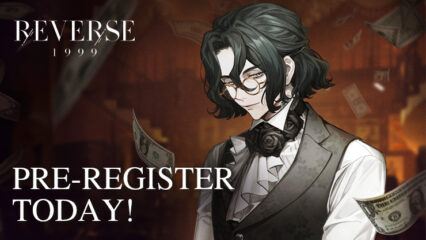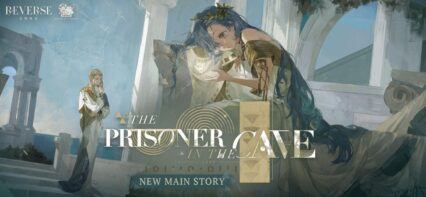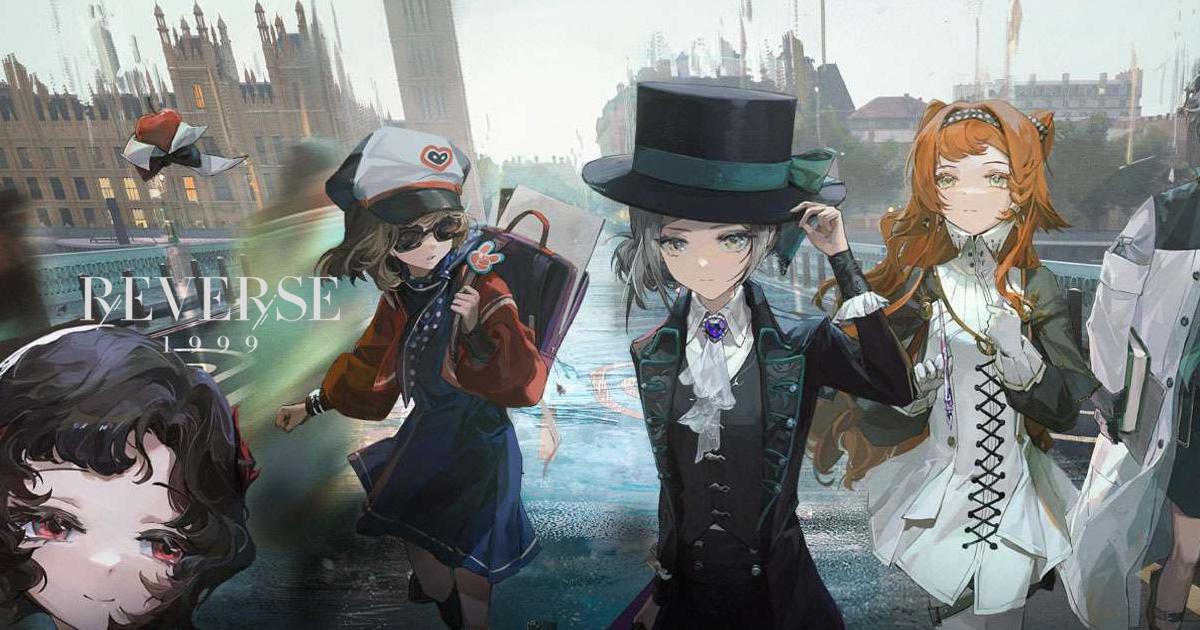Reverse: 1999 Beginners Guide – Get the Strongest Start

Reverse: 1999 is a brand-new turn-based RPG that follows a unique fantasy world set in the 20th century and comprises titular events in history told from a different standpoint. Unfold the mystery behind the time-reversing “Storms” that happen in each century. Meet the timekeeper and unveil the real truth behind the change in eras. Reverse: 1999 is available to be downloaded and installed as a free-to-play game on both the Google Play Store and iOS App Store.
First things first, since Reverse: 1999 is still a fairly new game, we do not have much information to support the happenings in the global launch. We’ve collected the majority of the information from the experience of veterans engaged in the closed beta test as well as the players of the Chinese server. In this beginner’s guide, we will explore all the different gameplay systems that are set in place to decide the pace of your progression. Having a clear understanding of each of these systems will result in a much stronger account than your peers. Let’s get on with the guide!
REVERSE 1999 CONTEST: WIN 3000+ GIFTS
Join the Reverse: 1999 code giveaway and unlock a treasure trove of in-game resources!
Understanding the Combat Mechanics
Combat is probably going to be the biggest area where you will invest your time and resources. Reverse: 1999 plays out in a turn-based order, where both your allies and enemies get a single turn each. Players are dealt with cards at the bottom of the screen at the start of each round. Each card represents a skill of the allies present on the battlefield. Keep in mind that you can take up only 3 main allies and 1 supporter ally. This is part of the team formation process that happens before entering the battle. Cards can be merged together to form stronger cards that have enhanced abilities.
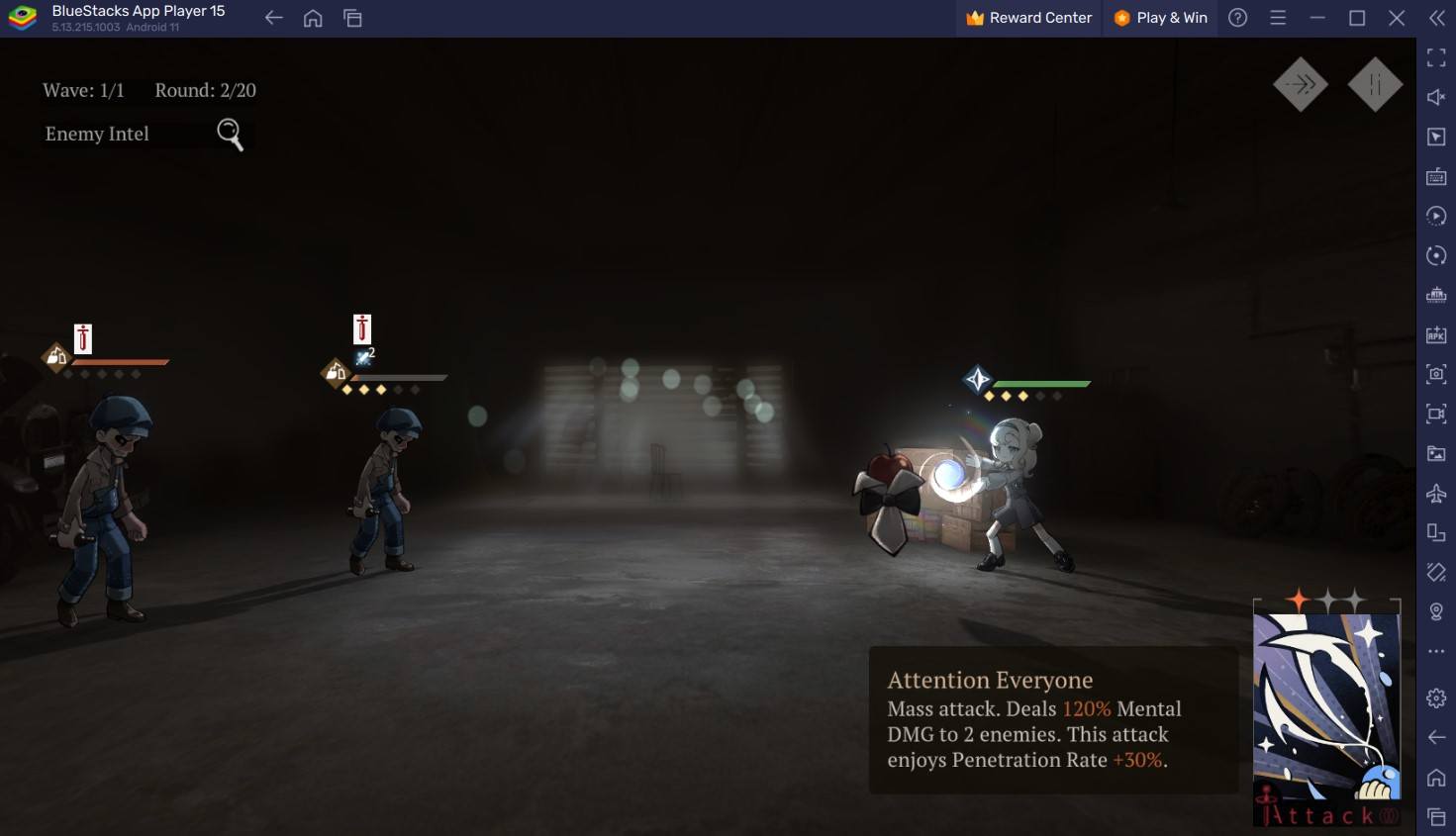
Cards come in 3 different levels – Level 1, Level 2, and Level 3. Each card of the same level can be merged until Level 3, which is the highest level. Each hero can use their ultimate when they have 5 skill orbs stacked beneath their character bar. Depending on the level of their Cards used, the characters are given these skill orbs. A maximum of 3 turns can be taken in a single round. You can either use the turn to merge cards or to use the card. If you’re confused or have a strategy planned, you can also choose to skip the current turn altogether. You can also check the best characters to summon and use with the help of an accurate tier list.
Understanding the Different Game Terms
Check out all the gameplay mechanics that come into play in combat:
- Action Points (AP) – Action Points are going to be the decider of how many turns you can take on a single round. Each character brings 1 AP along with them. Hence, if you have 3 characters on the field, then you can take up to 3 turns at the start. If 1 character dies and you’re left with 2 characters, then you can take only 2 turns in that round. When cards merge automatically due to the right order by chance, then it does not consume AP. But if you deliberately try to merge cards, then it consumes 1 AP.
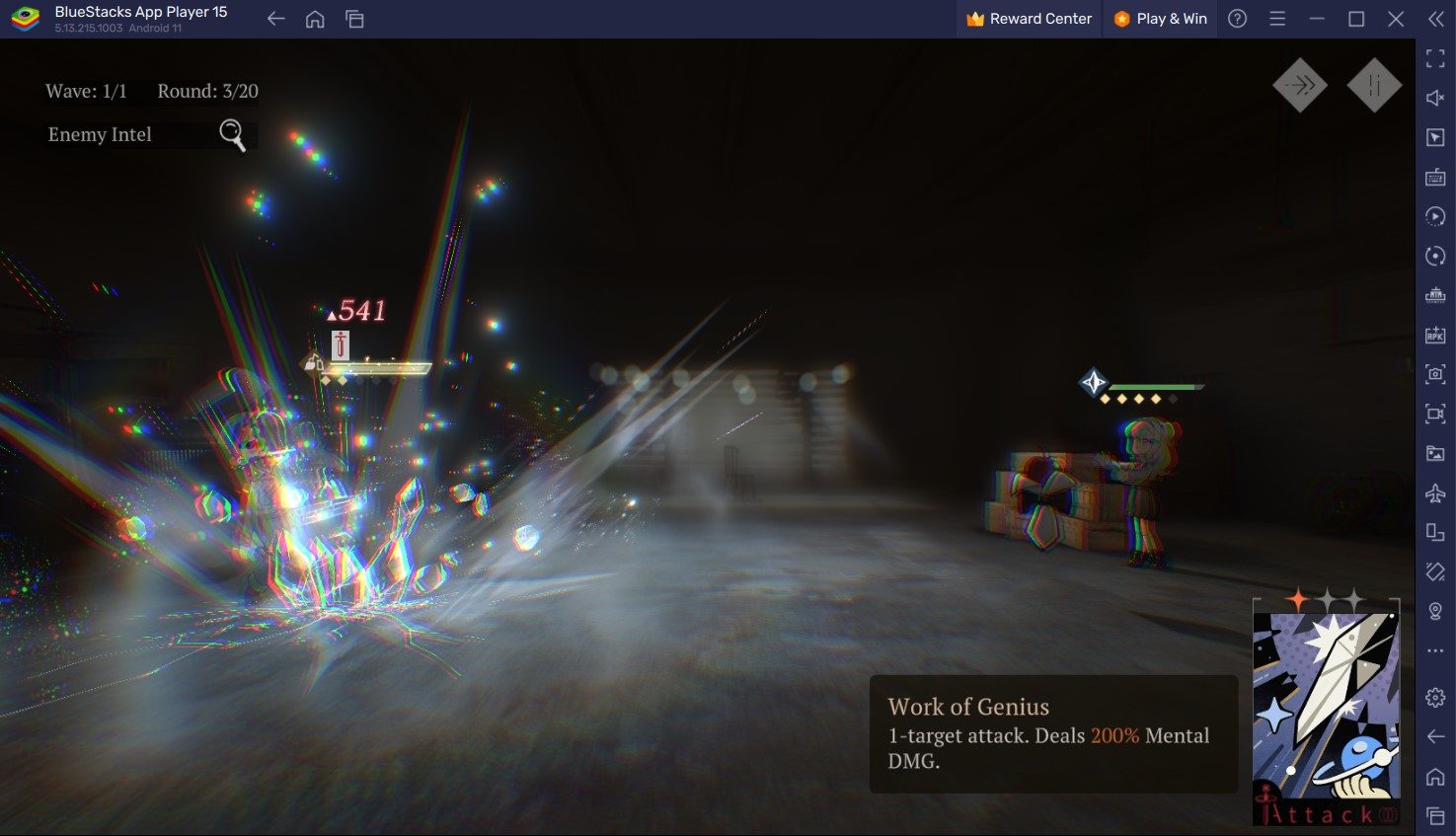
- Tuning Skills – Tuning skills are the skills acquired by Vertin the time traveler. These skills do not consume AP but instead, use the Tuning bar. In the beginning, you will be given First Melody and Grand Orchestra as Tuning skills. Some of them are quite useful to strategize against tough enemies as they can provide additional effects such as AOE def breaks, healing, and other situational buffs.
- Moxie – Moxie is the little skill orb that we talked about earlier in combat mechanics. Each character can stack up to 5 moxies, and in turn, get an ultimate skill card that can be used on the next turn. Upon being used, all the moxies gained will be consumed and reset to 0.

- Insight – Insight refers to the progression stage of each character in Reverse: 1999. The higher the insight, the stronger they can get. Insights are referred to as “i0, i1, i2, and i3”, depending on the number of insights placed. Each insight requires a duplicate of the character. Base rarity also matters in Insights. For example, a low-rarity character can go up to a maximum of i2. But a high-rarity character like 5-star/6-star can go up to i3. Each insight increase also grants a new passive ability to the character.
Understanding the Different Currencies
Learn everything about the main currencies of Reverse: 1999:
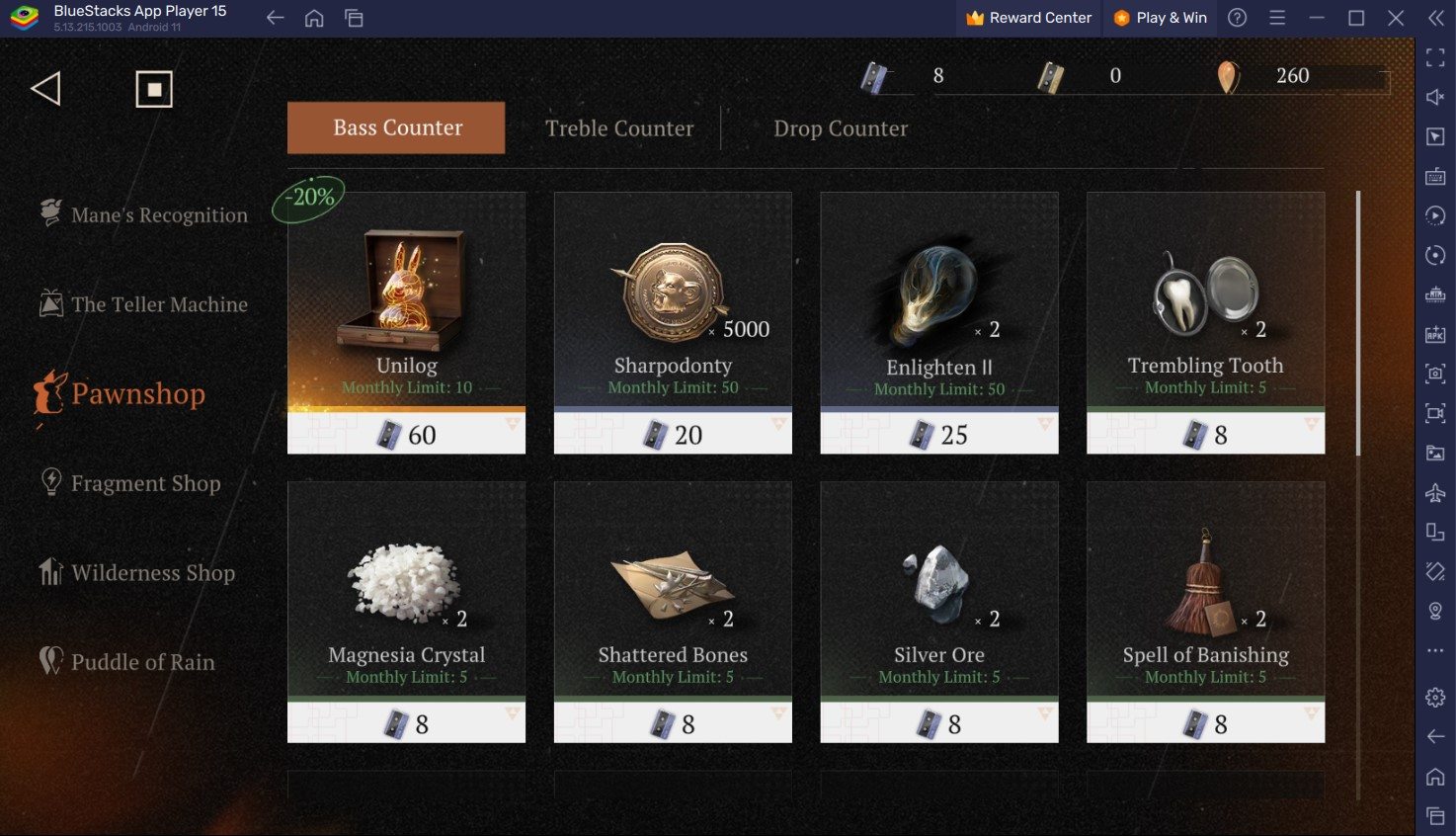
- Coins – Coins are the primary currency of Reverse: 1999. It is available in abundance but simply due to the fact that it is used in so many different areas. You need Coins to purchase items in the Coin shop, upgrade psychubes, reforge them, craft them, and upgrade your character’s levels and insights.
- Dust – Dust is also one of the big 3 currencies in Reverse: 1999. They are used only for the purpose of leveling up your summoned characters. Dust can be acquired through Poussiere, Dust Bell Tower, and the Wilderness.
- Unilogs – Unilogs are the premium currency of Reverse: 1999. Players can get them through different methods such as pre-registration rewards, event rewards, daily/weekly missions, and main story chapter first-time clear rewards. Unilogs are mostly used to recruit powerful characters through the summoning system.
Playing Reverse: 1999 on a bigger screen of your PC with BlueStacks without worrying about battery drainage and smooth gameplay, is highly recommended.


